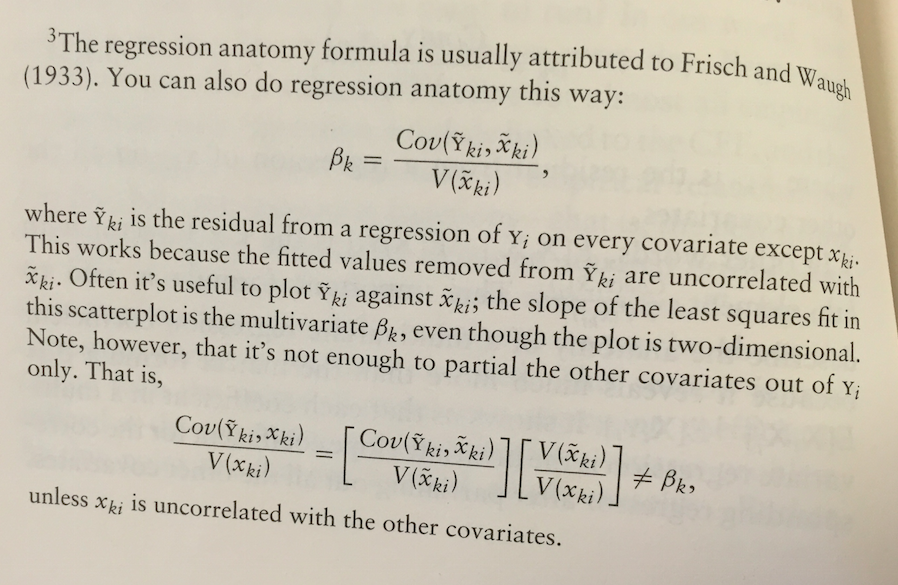Having heard about the City Lights bookstore for a while, finally I got an idle afternoon to check out this cultural place. It was impressive that how the store encouraged people to read -- signs saying "have a seat + read a book" were everywhere.
I went to the poetry room and found a seat in the corner. The room was very quite in the afternoon with a ray of sunshine coming in through the window. Everything was just perfect to have a seat and read. So I picked a book randomly and started to read. I was expecting to read a poetry book but it turned out that the book was actually about Afghanistan -- stories about Afghanistan behind a collection of lansays. The name of the book was I Am the Beggar of the World: Landays from Contemporary Afghanistan.
I was more interested in reading and feeling the stories. To be honest, I only had limited knowledge of the middle east (or the West Asia), in spite of a fortunate trip to Israel this summer. When thinking about Afghanistan, my reactions were the American-Taliban war, withdrawal of American armies from Afghanistan, and some pieces of memories on the sharp contrast of Afghanistan in 50 years ago v.s. today. The book records some real stories in Afghanistan -- sex, rape, slave, war, marriage, family, exchange, education. Some brutal stories happened simply because people had no other choice. A vivid example is women's roles in a family. In the early days, women were responsible for bringing drinkable water to the family, and at that time they used containers like jugs to carry water from rivers to their houses. Recently, some families started to dig deep well to extract water directly from the underground so women no longer had to go out and carry water back. The interesting part was that because of the risk of rape and kidnap, women were not allowed to go out if not necessary, then it became hard for young girls to meet young boys. As a result, young people had fewer chances to meet each other. This side effect makes it harder to judge whether that technology improvement was good or bad; however, the wide applications of Internet (e.g. facebook) have significantly and positively impacted people's lives, as this lansay shows.







